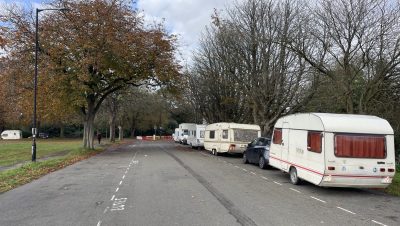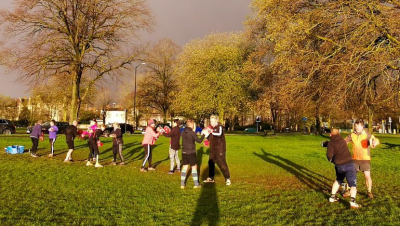News / Transport
Congestion is getting worse say commuters
Congestion in Bristol is getting worse as more commuters are heading back into the office after working from home during the pandemic.
Five out of six Bristolians say congestion is a problem, and this is expected to rise over the next couple of years due to upcoming extensive roadworks.
Last year 83 per cent of survey respondents said congestion was a problem in their area, according to Bristol City Council figures. This is a sharp rise from 74 per cent in 2023, with council staff suggesting a link to the shift back into the office.
is needed now More than ever
An update on the figures was given to councillors on the transport policy committee on Thursday, March 20.
The figures are from the council’s annual Quality of Life survey, which also includes statistics on Bristol’s changing views about the buses, housing costs and life in general.
Alex Hearn, director of economy of place, said: “There’s quite a marked increase in people who are reporting that traffic congestion is a problem in their area.
“There’s a suggestion that that’s largely due to traffic starting to return to pre-pandemic levels because of more people now working within offices.”
Across the country there has been a push from many employers to get staff back into the office, who began working from home during lockdown.
But for many office workers this means a lengthy commute and getting stuck in traffic as thousands of people try to drive into the city centre at once.
More people think congestion is an issue than before the pandemic too, with 77 per cent of survey respondents in 2019 and 80 per cent in 2018.
The areas with the most people thinking congestion is a problem are Horfield, Eastville, Brislington West, St George West and Windmill Hill, potentially due to the busy roads running through these wards.
Over the next couple of years, congestion is expected to get even worse, because of upcoming roadworks for several huge transport projects that are planned.
The council has until March 2027 to spend hundreds of millions of pounds from the Department for Transport, due to a government deadline, in a pot called the City Region Sustainable Transport Settlement (CRSTS).
This money will be spent on projects like changing the Bedminster Bridges roundabout into a series of junctions, banning through-traffic from Park Street and making the area nicer for pedestrians and cyclists, and pedestrianising the Horsefair, among other schemes too.
The hard deadline to spend the cash means the city centre will see a lot of roadworks simultaneously.
Green councillor Ed Plowden, chair of the transport committee, said: “We haven’t even started building CRSTS yet, and people are getting worried about congestion, so that’s an interesting factor.
“With population and jobs growth, just to stand still we need to reduce the number of people travelling to work by car down from 53 per cent to 43 per cent.
“If we do nothing, we’re going to have a bit of a problem. There’s a maybe slightly provocative transport academic based in Bristol who says we will never solve congestion, all we’ll ever do is make it less bad than it would have been otherwise.”
Bristol’s population has been growing and is forecasted to see another 35,000 homes over the next 15 years, not including new homes built in South Gloucestershire and Somerset too, with many people commuting into the city for work.
The council is hoping that by making buses more reliable and cycling safer, fewer people will choose to drive a car into the city centre.
Labour councillor Tim Rippington added: “It’s important to remember that the city is growing and will be growing by 20 per cent in the next 10 or 15 years. Whatever people think, their car journeys are not going to get easier as a result of that.
“Therefore the infrastructure work that we’re doing to try and make it easier to get around by bus and walking is important. But it’ll also be a case of the bus companies and the West of England Combined Authority stepping up to improve the public transport, once we provide the infrastructure to do so.”
Main photo: Alex Seabrook
Read next:
 Our newsletters emailed directly to you
Our newsletters emailed directly to you




















